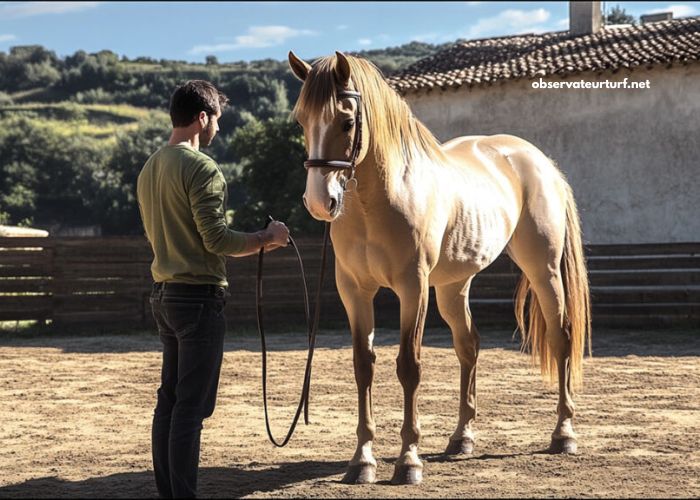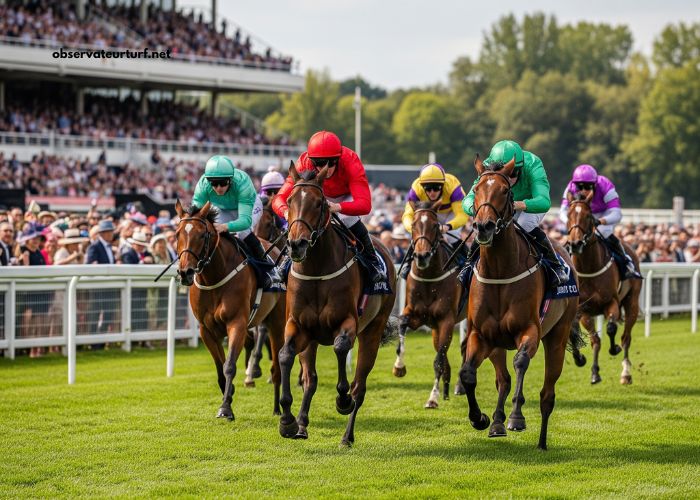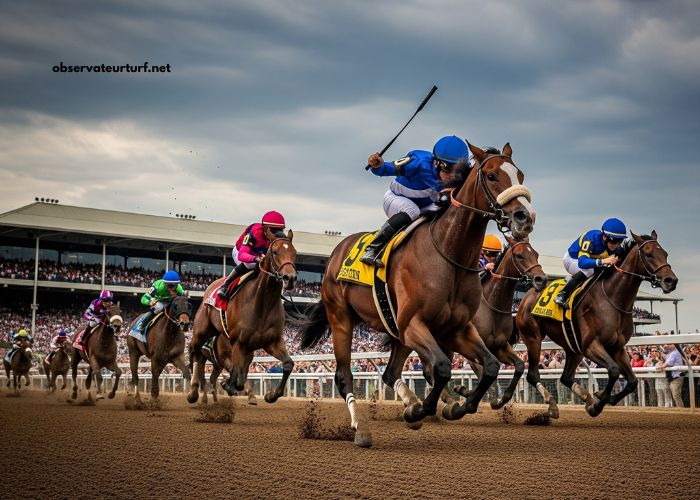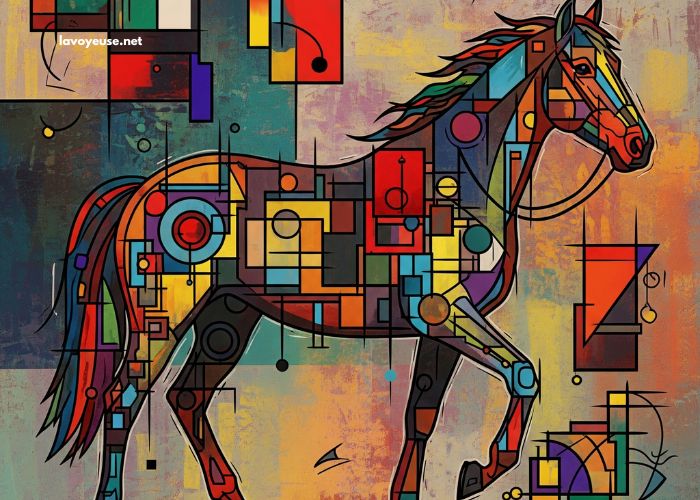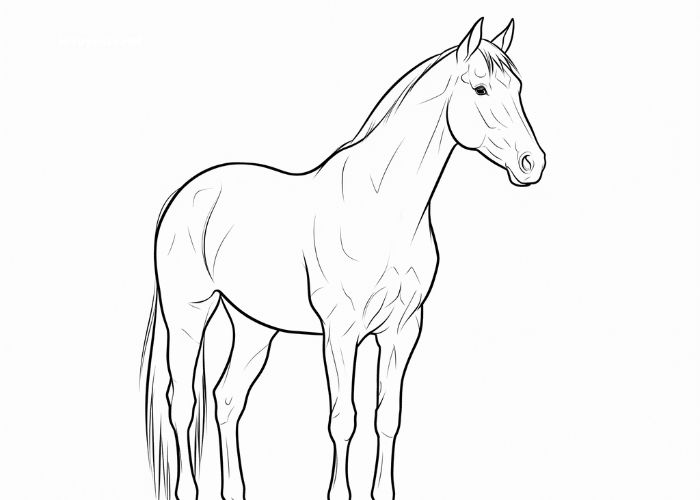The captivating sport of horse racing in Burkina Faso has carved a niche that goes beyond mere entertainment, reflecting a blend of cultural heritage and modern sporting enthusiasm. Burkina Faso Turf has developed steadily, becoming a symbol of pride for local communities while offering thrilling moments for fans and bettors alike.
In Burkina Faso, horse racing isn’t just about the competition on the track; it symbolizes unity, excitement, and opportunity. As Burkina Faso Turf gains traction, it continues to attract investment, improve race quality, and expand its audience both locally and internationally.
What Is The Current State Of Burkina Faso Turf?
Burkina Faso Turf is emerging as a significant sporting activity in the country, showing considerable development in infrastructure, participation, and audience engagement. Over the past decade, local interest in horse racing has grown, encouraged by government support and private investments aimed at revitalizing this traditional sport.
Racecourses in Burkina Faso are increasingly better maintained, and racing events are held regularly, offering a platform for jockeys, trainers, and horses to showcase their talents. The sport is transitioning from purely local meets to more professional setups, with an emphasis on enhancing race standards and attracting sponsorships.
The number of official races in Burkina Faso Turf has risen, creating a competitive atmosphere that stimulates the improvement of horse breeding and training practices. Furthermore, media coverage has expanded, with more live broadcasts and online updates making races accessible to a wider audience.
How Does Betting Influence Burkina Faso Turf?
Betting is inseparable from Burkina Faso Turf, as it injects excitement and financial incentives into the sport. Local and regional bettors follow races avidly, placing wagers that range from small bets to significant stakes. This betting culture not only fuels enthusiasm but also provides vital revenue streams that support race organizers and horse owners.
In Burkina Faso, the popularity of betting on Burkina Faso Turf races has led to the establishment of several betting houses and kiosks. Additionally, the rise of mobile technology has enabled online betting platforms to flourish, offering convenient access to races and betting options beyond physical racecourses.
The revenue generated from betting activities is reinvested into improving facilities, increasing prize money, and promoting the sport to new fans. Betting has also encouraged transparency and regulation within the industry to ensure fair play and protect participants, enhancing the credibility of Burkina Faso Turf.
What Are The Popular Horse Racing Venues In Burkina Faso Turf?
Several racecourses stand out as hubs for horse racing in Burkina Faso, each with unique characteristics that contribute to the vibrancy of Burkina Faso Turf. These venues host regular races and attract diverse crowds, from local fans to international visitors.
One of the primary venues is the Hippodrome de Ouagadougou, which serves as the heart of the horse racing scene. This racecourse is known for its well-maintained track, spectator stands, and facilities catering to horses and trainers. Events held here often coincide with cultural festivals, blending sport with tradition.
Other venues, though smaller, play crucial roles in nurturing grassroots talent and expanding horse racing’s reach into rural areas. These tracks provide opportunities for local breeders and trainers to participate, thereby sustaining and growing the sport at multiple levels.
The racecourses also contribute to the community by creating spaces where families and friends gather, sharing in the excitement of Burkina Faso Turf races and celebrating their cultural significance.
How Is The Economy Impacted By Burkina Faso Turf?
The economic influence of Burkina Faso Turf extends far beyond the racetrack, weaving into the fabric of the national economy in multiple ways. The sport creates jobs, ranging from jockeys and trainers to stable hands, veterinarians, and betting operators. These employment opportunities provide income and stability for many households.
Moreover, the horse racing industry stimulates allied sectors such as agriculture, where feed production and horse breeding farms benefit significantly. The need for quality horses encourages investment in breeding programs, which contributes to rural economic activity.
Tourism also gains from Burkina Faso Turf, especially during major racing events that attract visitors from neighboring countries and international enthusiasts. These events boost the hospitality sector, including hotels, restaurants, and transport services, injecting capital into local economies.
Government revenue from taxes on betting and event operations further supports public spending and infrastructure development. Thus, the sport is not only a cultural pastime but also a vital contributor to Burkina Faso’s socioeconomic landscape.
What Challenges Does Burkina Faso Turf Face?
Despite its potential, Burkina Faso Turf faces several challenges that could hinder its growth if not addressed promptly. One significant issue is the lack of sufficient infrastructure, as many racecourses require modernization to meet international standards. This shortfall affects race quality and limits the sport’s appeal to global audiences.
Financial constraints are another hurdle, with limited funding for horse care, veterinary services, and training facilities. Without adequate investment, maintaining high standards in horse health and performance remains difficult, impacting the overall competitiveness of Burkina Faso Turf.
Furthermore, regulatory frameworks governing betting and racing practices need strengthening to ensure transparency and protect stakeholders. Issues related to corruption and unfair practices, if left unchecked, could damage the sport’s reputation.
Additionally, climate conditions and environmental factors pose risks to maintaining optimal racing conditions. Dry seasons and resource scarcity require strategic planning to sustain racecourse quality and horse welfare.
How Is Technology Changing Burkina Faso Turf?
Technology is playing a transformative role in elevating Burkina Faso Turf into a modern and more accessible sport. The introduction of online betting platforms has expanded the sport’s reach, enabling bettors from across the country and beyond to engage in wagering conveniently.
Race tracking technologies provide real-time updates on races, allowing fans to follow events closely even if they cannot attend in person. This enhances engagement and brings more transparency to race results and betting outcomes.
Advances in veterinary technology have improved horse care, with better diagnostics and treatment methods leading to healthier, stronger racehorses. This development increases the competitiveness of Burkina Faso Turf and raises the standards of races.
Broadcasting innovations, including live streaming and social media coverage, have made Burkina Faso Turf more visible on national and international stages. These media channels help promote the sport, attract sponsorships, and build fan communities.
Conclusion
Burkina Faso Turf stands at an exciting crossroads, where tradition meets innovation and community passion fuels growth. Its expanding infrastructure, growing betting culture, and economic significance highlight the sport’s vital role in Burkina Faso’s cultural and financial landscape.
Addressing challenges related to funding, infrastructure, and regulation will be crucial for sustaining progress. With the continuous integration of technology and increased engagement, Burkina Faso Turf is poised to become a beacon of horse racing excellence in West Africa and beyond.
